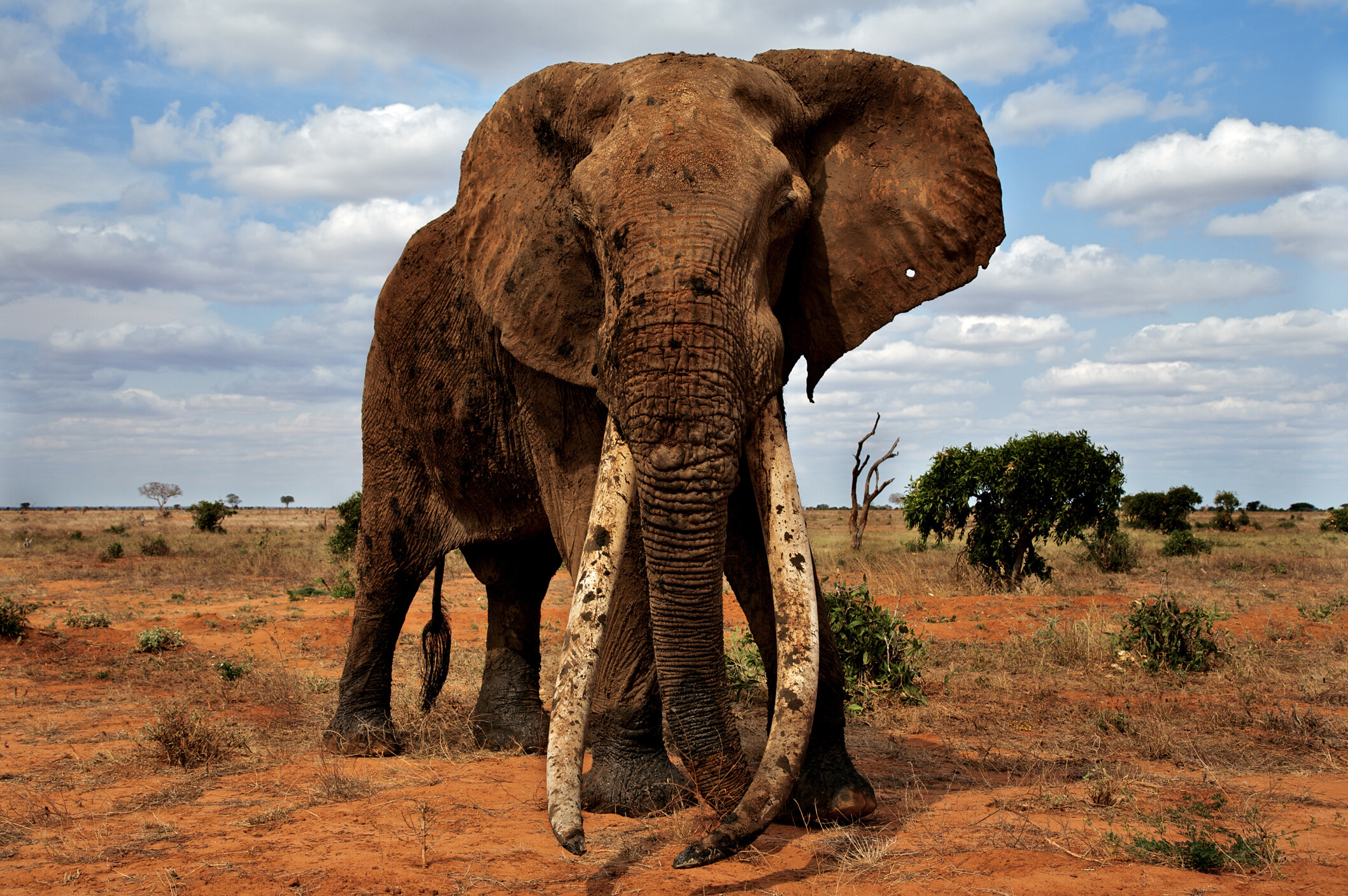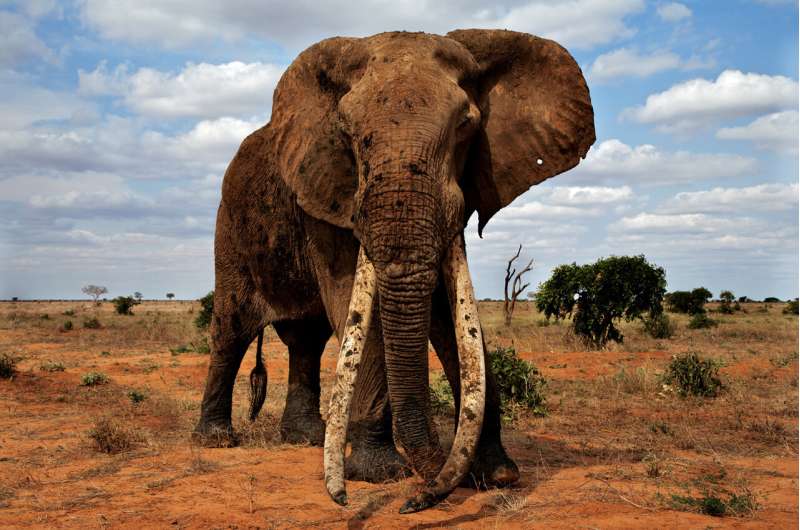

Scientists from seven research institutions including the University of Oxford and the University of Edinburgh have used pioneering bioinformatic modeling to investigate the molecular interactions of the p53 protein known to give protection against cancers.
The research, published in Molecular Biology and Evolution, provides new insights into molecular interactions which could help people become less prone to cancer.
Cells are routinely replicated, with new cells replacing the old ones, and each new cell contains new copies of the DNA. These new cells ought to be exact copies of the older cells, but mutations do occur if proteins erroneously replicate and transcribe DNA. Most errors are immediately repaired by the cell, although the number of mutations and quality of repairs are affected by both genetic and external/living circumstances. Toxic compounds, stress, poor living conditions and aging can all increase the rate of mutation.
Tumors as a result of the accumulation of such gene mutations increase in risk with age—but unlike humans, elephants seem to buck this trend. Despite their large body size and a life expectancy comparable to humans, cancer mortality in elephants is estimated at less than 5% (rather than up to 25% in humans). Scientists link elephants’ high resistance to cancer to their 20 copies of the p53 gene—the “guardian of the genome”—compared with the single p53 gene found in other mammals.
Co-author Professor Fritz Vollrath, Oxford University and trustee of Save the Elephants said: “This intricate and intriguing study demonstrates how much more there is to elephants than impressive size and how important it is that we not only conserve but also study these signature animals in minute detail. After all, their genetics and physiology are all driven by evolutionary history as well as today’s ecology, diet and behavior.”
P53 plays a key role in regulating the repairing mechanisms of the DNA and suppresses uncontrolled cell growth. The protein activates when DNA is damaged and helps to orchestrate a response that pauses DNA replication and repairs any uncorrected copies of the cell. In replicated cells with undamaged DNA, the p53 repair activity is unnecessary and is inactivated by another protein, the oncogene MDM2 E3 ubiquitin ligase.
The regulated interaction, or handshake, between the p53 and MDM2 is essential to healthy cells dividing and replicating, damaged cells getting repaired, and the destruction of cells with failed repairs or extensive damage.
The elephant might seem genetically over-endowed with 40 alleles, or versions, from its twenty p53 genes, but each is structurally slightly different, giving an elephant a much wider range of molecular anti-cancer interactions than a human with just two alleles from a single gene.
Using biochemical analysis and computer simulations, the researchers found key differences in the handshake interaction between the elephant’s different p53 isoforms and the MDM2.
The minor variations in molecular sequence result in a different molecular structure for each of the p53 molecules. The small structural differences alter the three-dimensional shape of the isoform and significantly alter the handshake function between the p53 and MDM2.
The research team found that, as a result of the changes in coding sequences and molecular structure, a number of p53 escaped the interaction with MDM2 that would normally result in their inactivation. The findings are the first to show that the different p53 isoforms found in the elephant do not get degraded or inactivated by MDM2—unlike in humans.
Co-author Professor Robin Fåhraeus, INSERM, Paris said, “This is an exciting development for our understanding of how p53 contributes to preventing cancer development. In humans, the same p53 protein is responsible for deciding if cells should stop proliferating or go into apoptosis but how p53 makes this decision has been difficult to elucidate. The existence of several p53 isoforms in elephants with different capacities to interact with MDM2 offers an exciting new approach to shed new light on p53’s tumor suppressor activity.”
Understanding more about how p53 molecules get activated and when this can lead to an increased sensitivity and response against carcinogenic conditions is an exciting prospect for further research into activating p53 and targeted drug therapies in humans.
Corresponding author, Dr. Konstantinos Karakostis, Autonomous University of Barcelona noted, “Conceptually, the accumulation of structurally modified p53 pools, collectively or synergistically co-regulating the responses to diverse stresses in the cell, establishes an alternative mechanistic model of cell regulation of high potential significance to biomedical applications.”
The paper, “The Elephant evolved p53 isoforms that escape mdm2-mediated repression and cancer,” is available in Molecular Biology and Evolution.
Researchers discover novel cancer pathway, opening new treatment options
Monikaben Padariya et al, The Elephant Evolved p53 Isoforms that Escape MDM2-Mediated Repression and Cancer, Molecular Biology and Evolution (2022). DOI: 10.1093/molbev/msac149
University of Oxford
Citation:
Elephant genes could hold the key to avoiding cancers (2022, July 15)
retrieved 15 July 2022
from https://phys.org/news/2022-07-elephant-genes-key-cancers.html
This document is subject to copyright. Apart from any fair dealing for the purpose of private study or research, no
part may be reproduced without the written permission. The content is provided for information purposes only.